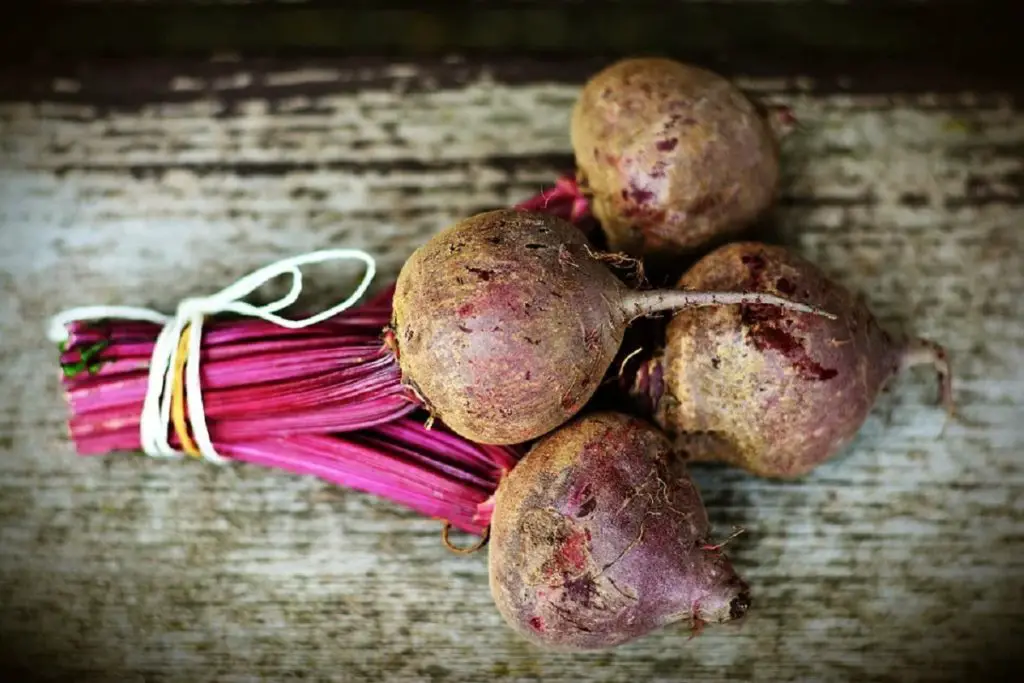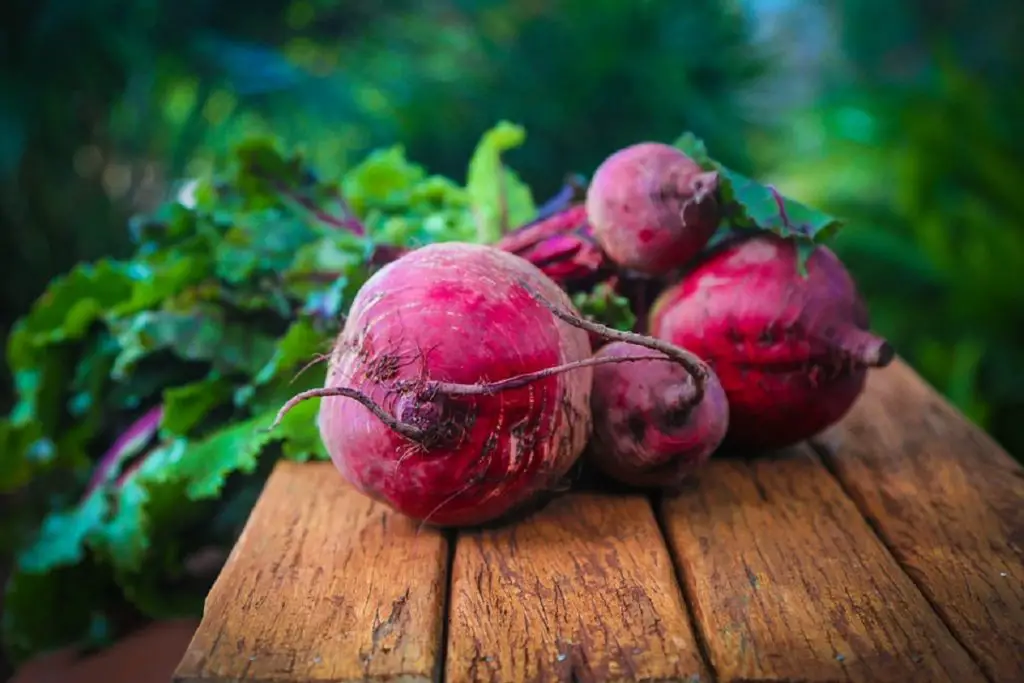Beets are incredibly healthy, and many find them tasty, but it’s difficult to eat too many beets at once. Luckily, beetroot is a great candidate for freezing!. Follow our teeps below and enjoy delightful beets year-around.
Freezing Beetroot: Everything You Need To Know

If you’ve got more fresh beets than you can use on your hands, don’t worry. These keep wonderfully well in the freezer. If prepared right, they will easily last for a year or more. Now, you might be tempted to simply freeze the roots raw, but blanching them quickly will give you much better results after thawing. Depending on how you want to use them later, you can also completely cook your beets. The process is very similar (the only difference is the cooking time) so we’ll go over both options below.
#1 Prepare The Beetroot
To prepare your beets for freezing you’ll want to clean them first. These roots grow underground, so they can keep a lot of dirt on themselves. Try to remove as much dirt as possible, but you don’t need to peel the beets. This is certainly possible, but we found that everything goes smoother and is much less messy if you peel the beetroot after cooking.
To prep your beets, cut off the greens on top, but not completely – leave about an inch. Beetroot greens are edible, by the way, so if you planned to toss them away perhaps try them in a salad (see also How To Freeze Celery). You’ll also want to leave the roots on for now. Cutting off the root and all of the greens before cooking would cause the beets to ‘bleed’ while in the pot.
If you are cooking your beets and not just blanching them, you’ll also want to arrange them by size. Large beets will cook slower than smaller ones, so if you want even results you’ll need to cook them separately.
#2 Blanch Or Cook The Beets
Take a pot that is big enough for all your beets and fill it with water. Bring the water to a boil first and then drop all the beets inside. If you are blanching the beets, you’ll need to cook them only for 3 to 5 minutes. The edges should feel slightly softened.
If you want to completely cook the beets then you’ll need to leave them in the boiling water until they are completely soft. This will take anywhere from 20 minutes to an hour.

#3 Submerge In Ice Water
Note: if blanching your beets, make sure to have your ice bath prepared before you start cooking the beets. If you are cooking them through, prepare the ice bath as they are cooking.
The ‘ice bath’ sounds fancy, but it’s just a large bowl of ice water. What you’ll want to do is transfer the beets from the boiling water to the ice water bowl as soon as they are ready. This will stop the cooking process leading to better texture of the beets after thawing.
#4 Drain, Dry, and Peel
Leave the beets in the ice water for a minute or two and then drain them. Now it’s time to actually peel your beets. Remove the remaining green parts from the top , the roots, and the skin. This is the best method if you want to freeze your beets whole.
At this point, you can also cut up the beets. If you prefer, you can also blanch or cook beets that are already cut. However, this will lead to losing some of the colour and the nutrients while cooking, although not too much.
#5 Freeze
Now that your beets are ready, it’s time to freeze them. This is best done in a freezer bag to avoid freezer burn. If you want to prevent the pieces from sticking together, you can try flash-freezing. Simply spread out the pieces on a large tray and freeze them. Once frozen, you can transfer them into a freeze bag or air-tight container.
How To Thaw Beetroot
The best way for thawing beetroot is by transferring it to the refrigerator and letting it thaw there for a couple of hours. Slow-thawing like this will prevent the beets from turning soggy.
